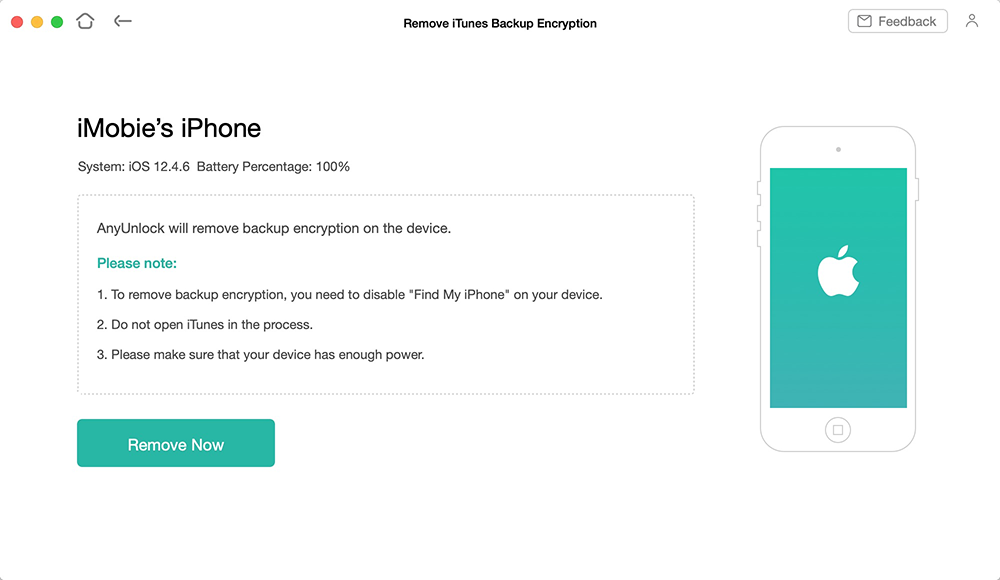
- #Reset encrypted data and password how to
- #Reset encrypted data and password password
- #Reset encrypted data and password series
#Reset encrypted data and password password
Here’s another good read on password hashing and some common hashing algorithms. This answer on StackExchange sums up the comparison of PBKDF2 vs bcrypt vs SHA256 pretty well. This puts the attackers (those trying to compute and match the hash value of your password) at a disadvantage as they can’t guess it quickly or easily. You might be wondering: Why bcrypt, but not SHA-256 or SHA-512? One argument is that the SHAs’ computation can be accelerated by a GPU, while bcrypt’s can’t. Hashing a password with weak algorithms like MD5 is not recommended.Ī simple and effective solution is to choose a hashing function widely regarded as secure, like argon2 or bcrypt, as suggested by OWASP. Password hashing is frequently discussed in authentication security. It’s also common that all sessions are invalidated during this stage. Upon a successful reset attempt, remind the user to review all existing logged-in sessions. The above password rules are suggested by OWASP and Microsoft.
A strength meter (i.e., zxcvbn) to measure the password complexity. A not-too-low maximum length to discourage users from creating longer passphrases. Don’t create an over-complicated password policy (such as require a specific combination of numerics and symbols etc), instead stick with some simple like the following: ✓ Ensure Password Security Policy is AppliedĮnsure that the same password policy is applied in all password setting stages, no matter if it’s during account creation or password reset. Give each generated ‘reset password’ session a life span and prevent brute-force matching attempts on the ID by implementing rate-limit mechanisms on the URL token. a cryptographically broken hash algorithm like MD5 was adopted.Īlways use randomly generated ID as the identifier. It's also a common problem for some token encryption/hashing wasn’t done properly, e.g. We’ve seen “encrypted” user IDs being used as the password reset token passed in a URL, which is not a very good idea, as aforementioned. Even if encryption is applied, it can still be broken/decrypted by attackers, where they can then use the PII to match a user from your system. However, avoid using any personally identifiable information (PII). ✕ Identifier in ‘Forgot Password’ link as PIIĪ common way to identify a password reset session is to pass a URL token as the query string of the URL, as suggested by OWASP. This reduces the chance of an attacker intercepting one and gaining access to it by resetting a password. Give the ‘reset password’ link a reasonably short period of time. “an email will be sent to this email if an account is registered under it.”) This prevents attackers from being able to match a login ID. Otherwise, nothing happens.Ī very basic 101 concept on security can be applied here, as suggested by OWASP: Always show a consistent message when an email is entered, whether the account exists or not. If an account is registered under that email, a reset password link is sent to it. Let’s assume that your ‘forgot password’ application form lets a user key in an email (i.e., the login ID and forgot password email recipient). All solutions are backed with references from OWASP’s ‘forgot password’ cheat sheet, and you should read them if you’re looking for password reset best practices. Below are some notable issues we’ve seen in a ‘forgot password’ flow. We’ll start with resetting user passwords and what security issues are often overlooked in this flow. Pitfalls in a ‘Forgot Password’ Flow and Best Practices to Address It This StackOverflow piece provides a more in-depth insight on this. 
It’s confusing when someone says “auth” but you have no idea whether it refers to authentication or authorization. An authentication server offers such service through various flows (e.g., traditional username + password, passwordless, SSO, etc.). What is Authentication?Īuthentication is a process to validate a user on his/her identity claim, or in short, who you are.


We’ll go through each of them, identify possible security breaches and issues, and fix them.
#Reset encrypted data and password series
With some fellow developers, we aggregated a series of notable ‘traps’ below. Throughout our years developing, refactoring, or reviewing a user authentication flow (our own or others’), we’ve seen countless pitfalls.
#Reset encrypted data and password how to
You can find tons of tutorials on implementing an authentication server online, but not so much on how to actually secure one. This article covers measures to secure an authentication server along with real-life examples.







 0 kommentar(er)
0 kommentar(er)
